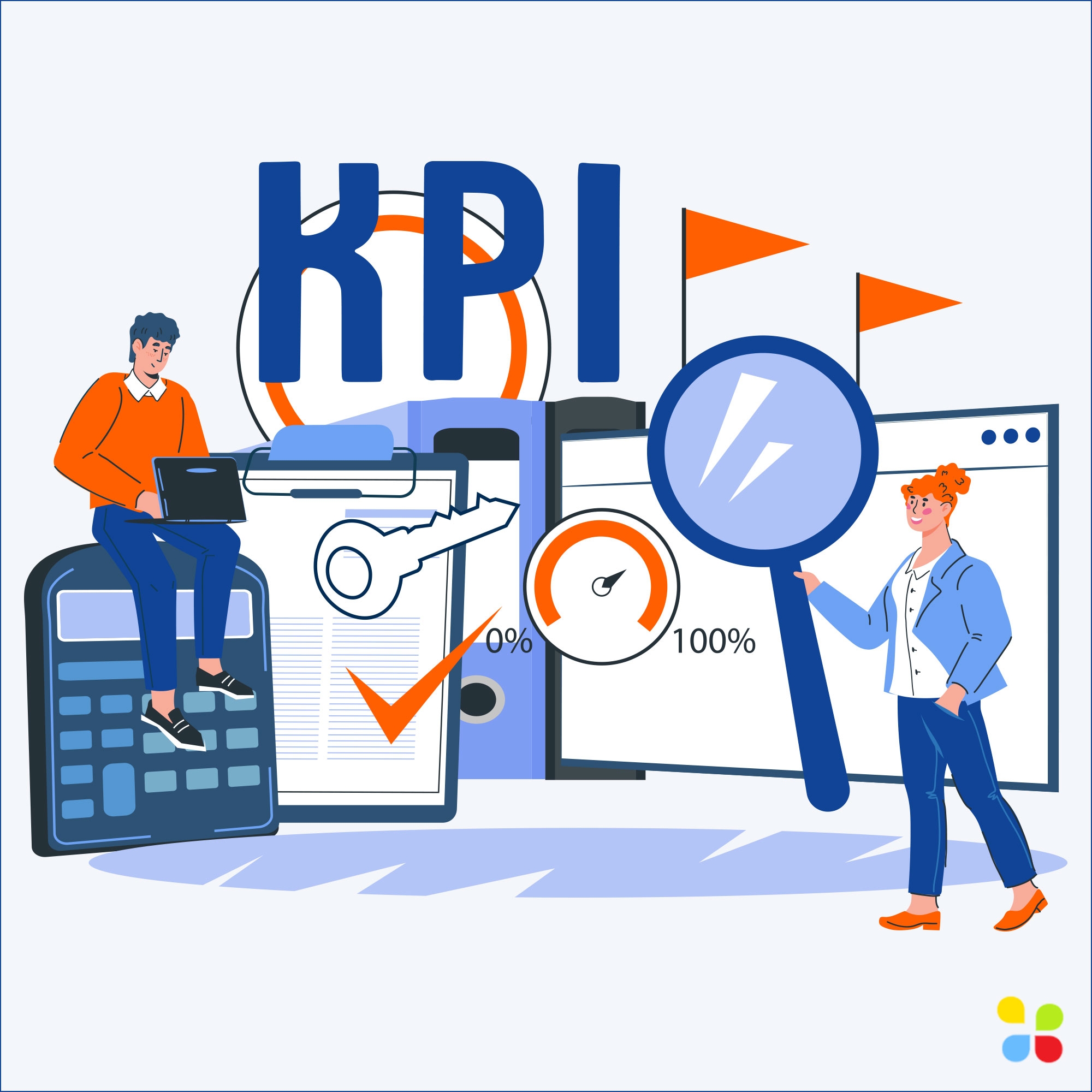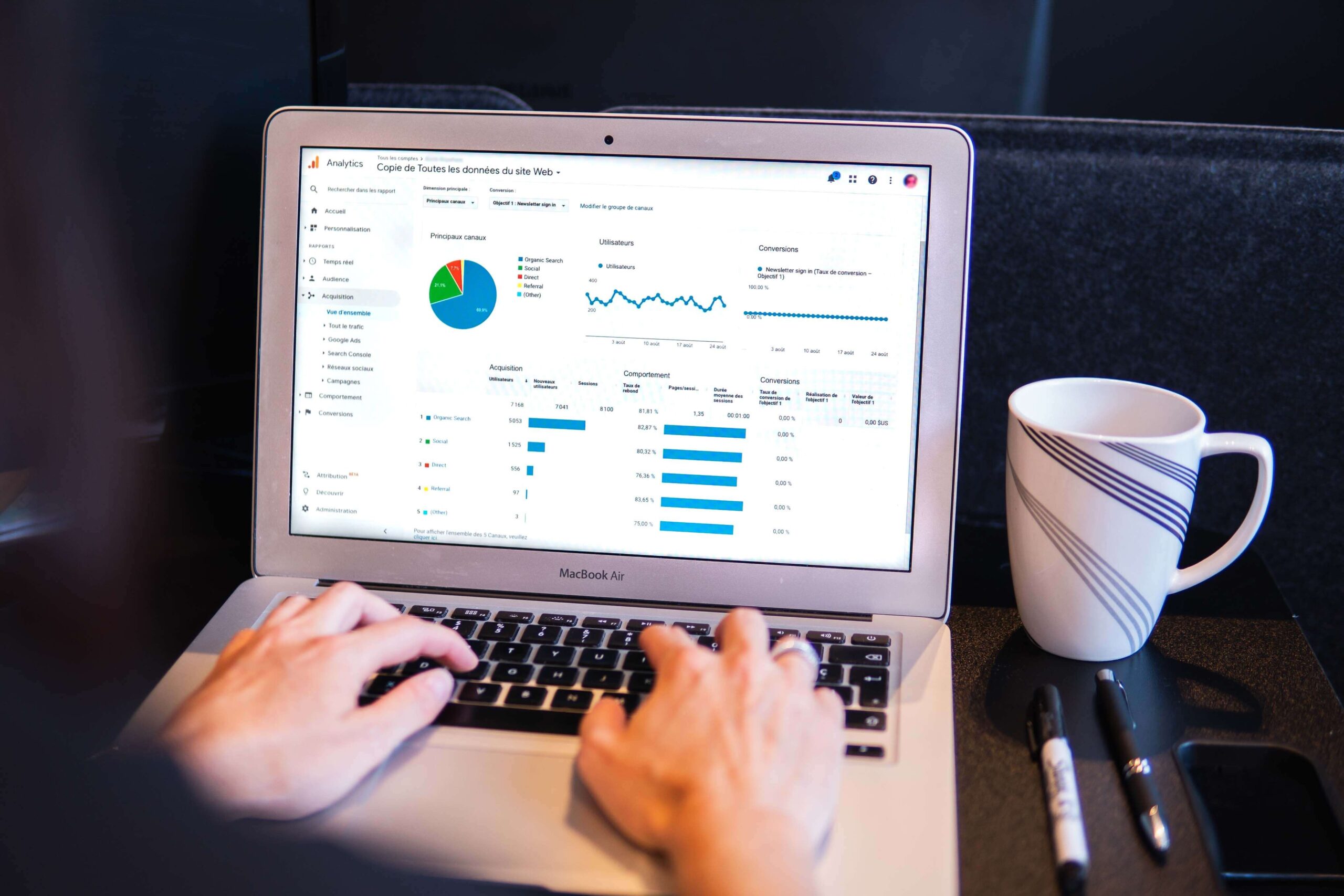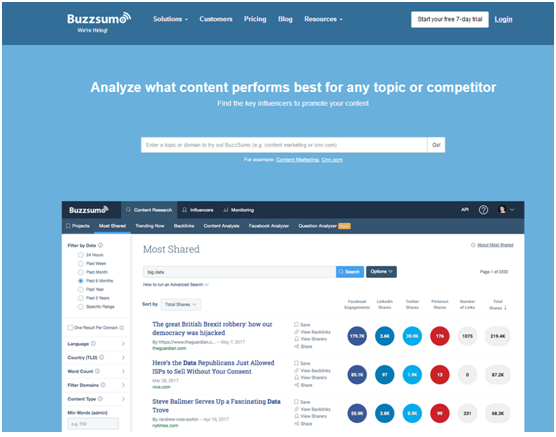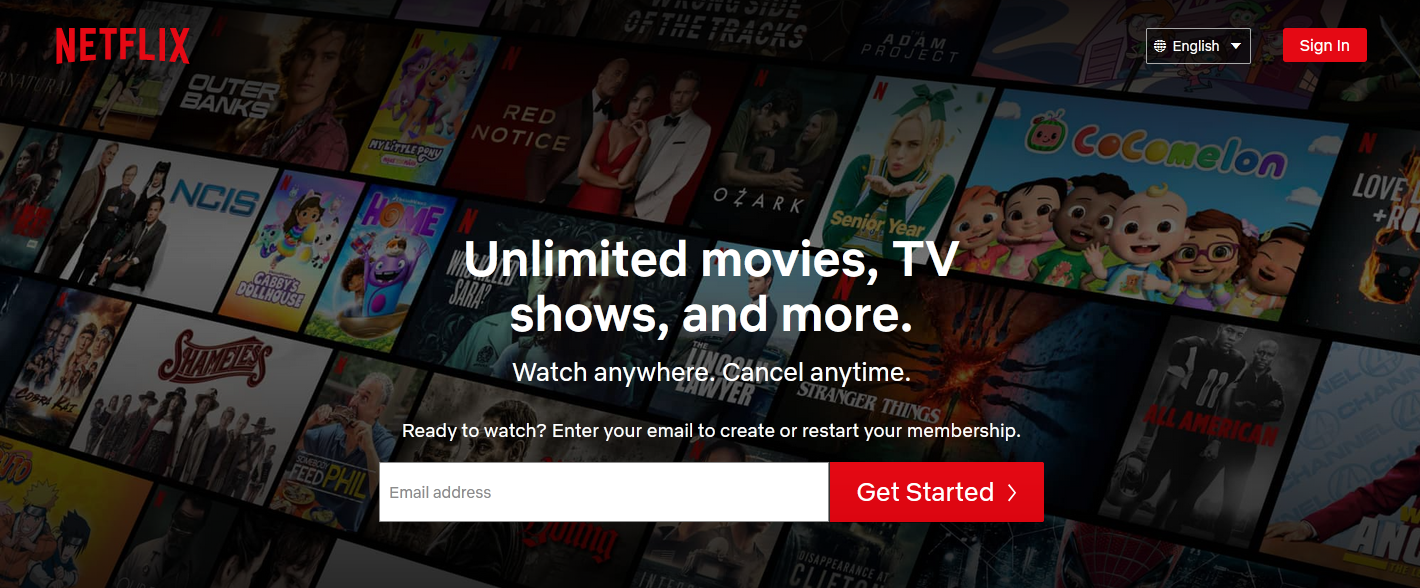Many marketers struggle to measure the performance of their content marketing strategy. After all, it’s quite challenging to track the success and effectiveness of a content marketing strategy. This is because while content can drive business growth, it doesn’t have a direct impact on your revenue.
Plus, the content you publish can be used to facilitate a range of marketing objectives at every stage in your marketing funnel. Thus, depending on what you aim to achieve through your campaign, there are various KPIs that will be most appropriate for determining success.
In this article, we will look at which KPIs are relevant for four content marketing objectives. These include:
- Boost brand awareness
- Generate higher and better quality leads
- Maximize conversions
- Improve engagement.
You can even hire content writers or use content writing services to create compelling content that resonates with your readers.

Content Marketing KPIs to Boost Brand Awareness
If your goal is to generate awareness regarding your brand, you need to write engaging content that informs your target market about your brand. Ensure that the content is in line with their needs and allows them to overcome their problems.
You need to track the following KPIs for this objective.
1. Unique Article Views
The Unique Article Views KPI shows the total number of unique views on a page – the actual number of visitors. You can easily measure this using a tool like Google Analytics. Plus, you can even get insights regarding the average duration of each session, bounce rate, and traffic sources for every article.

2. Engagement and Social Shares
You need to measure and track engagement and social shares to determine your content’s performance. The more shares your content gets, the bigger your audience. This will improve your digital presence and boost sales.
Tools such as BuzzSumo rank the best-performing content on any subject based on their engagement and social shares. It’s very much like Google Analytics; however, it focuses more on social media channels.

3. Inbound Links
Do people like your content? Are your blog posts being referenced on various websites? If yes, this means your content is impactful. Getting higher inbound links and mentions means that the industry views you as an authoritative and credible source.
4. Subscriber or Follower Growth
The number of subscribers and followers you have gained is another essential key performance indicator to measure brand awareness. Plus, the best thing about it is that these figures can be easily quantifiable.
Content Marketing KPIs to Generate Higher and Better Quality Leads
If you want your content marketing strategy to generate higher and better quality leads, you need to create value-adding that motivates your reader to share their information. It could include a webinar, exclusive insights into a subject, a worksheet, an e-book, a checklist, a template, etc. Make sure to develop compelling landing pages with valuable copyright-protected content.
You need to track the following KPIs for this objective.
1. Click-Through Rate
Tracking the click-through rate of your web content can enable you to determine the effectiveness of your content in terms of generating leads.
If your goal is to get people to click through your content, you need to add a clear call to action at the end of each blog post. Whether your goal is to get them to contact you, visit a webpage, download an ebook, or perform any other action, a compelling CTA can help you get more leads. Here is an example of a powerful call to action.

2. Cost Per Lead
To determine the cost per lead, simply divide your campaign’s total cost by the total number of leads it generated. Measuring and tracking this KPI for multiple channels and multiple kinds of content can help you determine what works better.
Content Marketing KPIs to Increase Conversions
To increase conversions, you need to understand your shopper’s journey first. Think of how they learn about your products and brand and what motivates them to purchase. In addition, look at the common problems they might be facing while generating content and try to offer solutions to these problems. You should also highlight your USP through product demos, videos, case studies, tutorials, etc.
You need to track the following KPIs for this objective.
1. Conversion Rate
Tracking this KPI can help you determine which blog content drives the highest conversion rates and sales revenue. You can use UTM links to track conversions for every blog post you publish on your website and share on your social media.
Several major brands, including Amazon, leverage personalized content all across their shopper’s journey to boost conversions. This involves optimizing web content as well as email content based on the past purchasing behaviors and interests of their potential customers.

2. Sales Cycle Length
Another important KPI to increase conversions is your sales cycle length, which helps you learn how long a lead takes to convert. This will allow you to identify which channels generate leads that close more quickly and have a smaller sales cycle length.
Content Marketing KPIs to Improve Engagement
Audience engagement lets you determine if your audience likes reading the content you create. It indicates whether you’re offering valuable content that they can relate to and that they like to comment on or share the posts with their friends.
High content engagement can lead to several benefits, such as:
- Higher social media interest
- Improved brand visibility
- Better SEO ranking
- Higher brand recognition
- More leads, sales, and revenue
- Increased brand authority.
You need to track the following KPIs for this objective.
1. Scroll Depth
If you want a quick and easy way to determine if people are reading your blog content, you should check the scroll depth of the page.
Many heat mapping tools, such as Hotjar, provide you with scroll depth tracking. After you have set up page tracking using Google Tag Manager and the heat mapping tool, look at your scroll depth maps. You can check where your readers are leaving from and how quickly. A quick drop can indicate that you need to rework your content.

2. Time on Page
Time on page is somewhat similar to KPI as it shows you how long people generally spend reading your blog content. Rather than being measured in pixels, this KPI is measured in seconds.
If you are making a new content marketing strategy, your objective might be to increase the average time on the page for new posts. Typically, the longer someone spends on your page, the more they are engaging with your content which means you have effectively garnered their attention.
Nevertheless, it is important to remember that the time spent is related to the length of the content. Do not compare the content of different lengths and times for time on the page. A 3000-word guide will perhaps have a much longer time than a 250-word blog post. However, half of the readers might make it all the way through that blog post as compared to only 10 percent who read the entire guide.
3. Bounce Rate
Bounce rate is the percentage of web visitors who leave after only viewing one page of your website. If a person visits a page, then exits without taking the required action, that’s a bounce. This means your content is not what the reader was expecting or looking for or compelling enough for them to take any action. Use internal linking, clear CTAs, and offer an excellent user experience (for instance, no pop-up ads) to avoid a high bounce rate.
4. Comments
Are your readers commenting on your blog post with valuable feedback, questions, or insights? If you develop a blog post that people can relate to, they will often reveal it in the comment section. Tracking this engagement KPI will help you learn which subjects resonate with users and generate conversations.
We have shared the top key performance indicators to monitor when evaluating the effectiveness of your business’s content marketing strategy. Remember that assessing the success of your content marketing efforts requires meticulous planning and patience. There’s no single way to track your content’s success – it’s all about knowing your goals, establishing KPIs, and then iterating to determine what works well for you.
Use Top Content Writing Services to Create Fun and Engaging Content
The first step to creating effective content is to hire content writers who are well-versed in generating engaging content.
At Content Development Pros, we offer excellent content writing services to help you get the best results! Our writers are adept at creating unique and value-adding content that ranks high on the search engine results page to get you the results you want.
